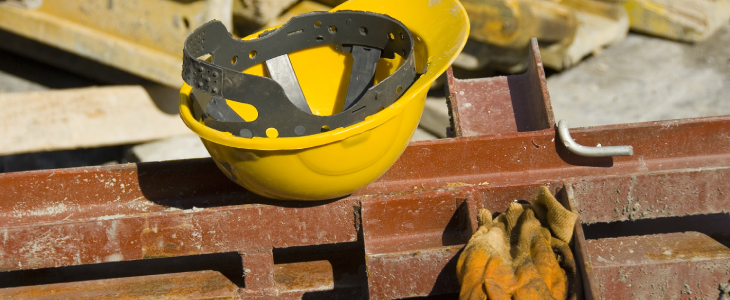Construction jobs are dangerous. In fact, jobs in the construction industry are among the most dangerous in the world. Construction workers suffer countless injuries every year while on the job. In addition, it has been estimated that approximately 1,000 construction workers are killed on the job each year. The Occupational Safety and Health Administration has identified the four leading causes of death for employees in the construction industry. These causes are commonly known as the “fatal four.” In this article, we discuss the fatal four and how to prevent them.
Falls
Falls are one of the biggest hazards in the construction industry. And given the heights from which construction workers routinely work, falls are often fatal. Fortunately, there are several methods available to employers and workers to help prevent falls, including:
- Use safety harnesses
- Secure ladders and scaffolds prior to using them
- Label, cover, and offset floor openings
- Install and maintain sufficient perimeter protection.
Electrocutions
Another fatal construction hazard is electrocution. Construction sites often involve dangerous amounts of voltage, and the slightest mistake can prove deadly. In addition, even if a shock itself is not fatal, it can result in a fall that seriously injures or kills the victim. Although all power lines are dangerous, overhead lines tend to be the biggest electrocution hazards at construction sites. Therefore, prior to the start of work, all overhead power lines should be marked off and offset. In addition, employers should train their workers to be aware of overhead lines and maintain a safe distance from them. Additional ways to prevent electrocution on the jobsite include:
- Only use double-insulated or grounded portable electric tools
- Use ground-fault circuit interrupters
- Be mindful of electrocution hazards while climbing scaffolds or ladders
Caught In/Caught Between
There are multiple opportunities on construction sites for workers to become caught in and caught between objects. For example, workers routinely find themselves caught in pieces of heavy machinery and trenches. In addition, due to the equipment on construction sites, employees are sometimes caught between two objects, such as two pieces of heavy machinery, or a piece of equipment and a building. To avoid these outcomes, construction workers should always remain aware of their surroundings. In addition, workers shouldn’t enter trenches without proper safety precautions in place.
Struck By Object
Finally, construction workers are always at risk of being struck by an object. For example, construction workers often use tools at elevated heights. Sometimes, these tools fall to the ground and strike workers below. In addition, workers are routinely struck by large pieces of machinery. To protect against falling objects on a construction site, it is imperative to always wear proper safety equipment, such as a hard hat. In addition, to avoid being struck by a vehicle (or striking another employee with a vehicle), workers should always remain cognizant of their surroundings and take breaks to avoid fatigue.
Contact a Long Island Construction Accident Attorney
If you or a loved one has been hurt in a construction accident in New York, Dell & Dean, PLLC, is here for you. When you come to us for help with your New York construction accident case, we will research your case and aggressively seek financial compensation on your behalf. Please contact us as soon as possible to schedule an initial consultation with a construction accident attorney.

